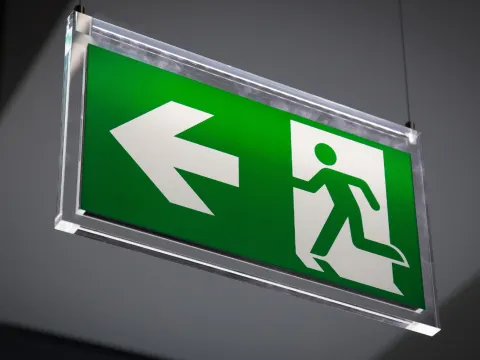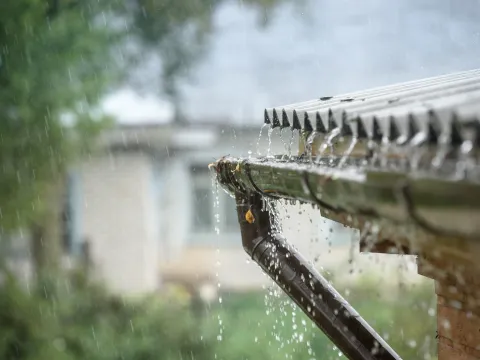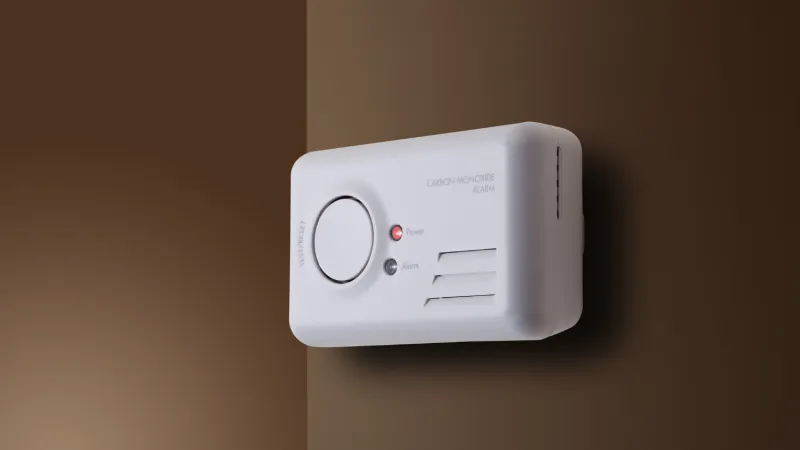
The Power of Prevention: Defending Your Home Against Carbon Monoxide
Having a working-order carbon monoxide detector in each room of your home should not only be a suggestion, but a requirement. According to Statistics Canada, there were 380 accidental deaths due to carbon monoxide poisoning between 2000 and 2009 in Canada. At a minimum, one carbon monoxide detector on each floor of your home, including the basement, is integral to preventing the worst-case scenario. Let’s dive into why!
CARBON MONOXIDE—WHAT IS IT?
First off, let’s make sure we’re on the right page. Carbon monoxide is a gas that’s tasteless and odourless, produced by the incomplete burning of fuel. But most of all, it can be dangerous if it goes undetected. It can be found near any fuel-burning household appliance, like furnaces, water heaters, or even stoves. That’s why it’s important to stay vigilant and have detectors throughout your home.
Carbon monoxide is sometimes referred to as the “silent killer,” which… OK, sounds like something out of a horror movie, but in this case, it’s very real and very sneaky. A carbon monoxide detector can not only save your life but also signal slow leaks that could cause you long-term bodily harm. Even minor symptoms like drowsiness, nausea, and headaches can be indicative of a larger problem lurking in the shadows. When carbon monoxide enters the body, it can take years for it to leave your system, which can cause harm to the body even if symptoms have passed.
The scary part? People often think they just have the flu or are sleep-deprived (thanks again, life), when in reality, their bodies are reacting to carbon monoxide exposure. That’s why early detection is so important, because you might not even know there’s something to detect.
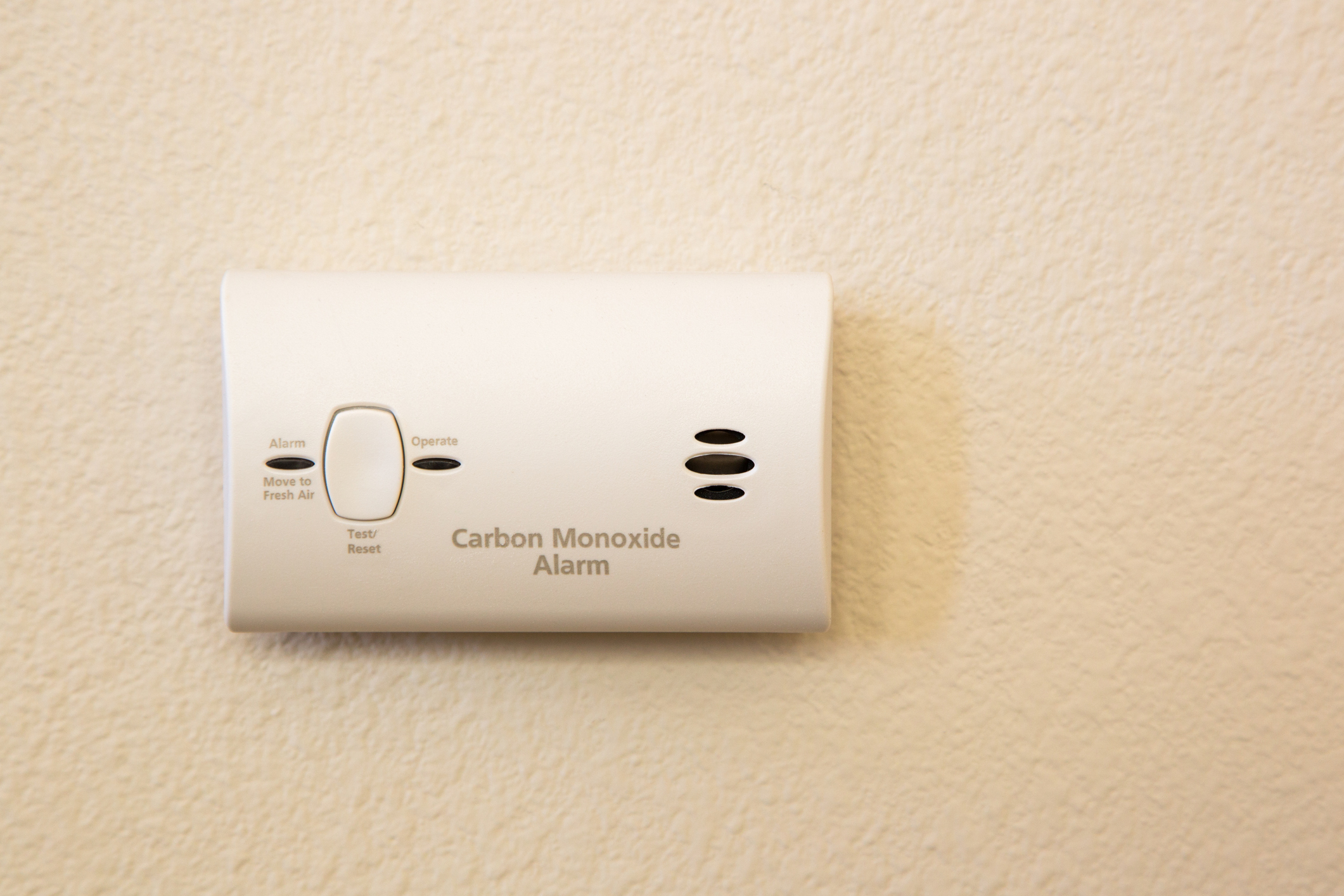
There are several ways a carbon monoxide leak can occur, and here are the most common household places:
- If the heat exchanger in your furnace is damaged. See how to keep up with maintenance on the units in your home’s mechanical room.
- Incomplete combustion of gas-heating appliances. Examples of gas-heating appliances and units in your home are furnaces, boilers, and any gas-fed kitchen appliances.
- Fuel-burning engines such as generators, motor vehicles, and diesel furnaces.
- Unkept chimneys of indoor fireplaces.
Bonus wildcard: running a gas barbecue inside your garage. (Don’t do this.)
Since carbon monoxide is odourless and colourless, it’s nearly impossible to detect without an alarm. If your carbon monoxide detector goes off, the best thing to do is believe it and leave the area immediately. Yes, even if you were just about to fold laundry or start binge-watching your favourite Netflix show. Priorities, people.
SAFETY & PREVENTION
Placement and upkeep are crucial when it comes to using your carbon monoxide detectors to the best of their ability. To prevent a carbon monoxide leak, ensure your furnace passes all safety inspections, clean your chimney for your fireplace at least annually and keep it free of debris, and most of all, have an adequate quantity of detectors throughout your home. We know, installing detectors might not be as exciting as decorating your living room or testing out new smart home gadgets—but trust us, this is one smart device you absolutely want to work.
The best place to put your carbon monoxide detector is on a wall five feet from the floor, outside of each bedroom, and in your mechanical room. It is recommended that if you have additional gas appliances, you place one near each of those as well. Carbon monoxide mixes evenly with the air in your home, so while it doesn’t rise like smoke, placing detectors at mid-level gives them the best shot at catching it early.
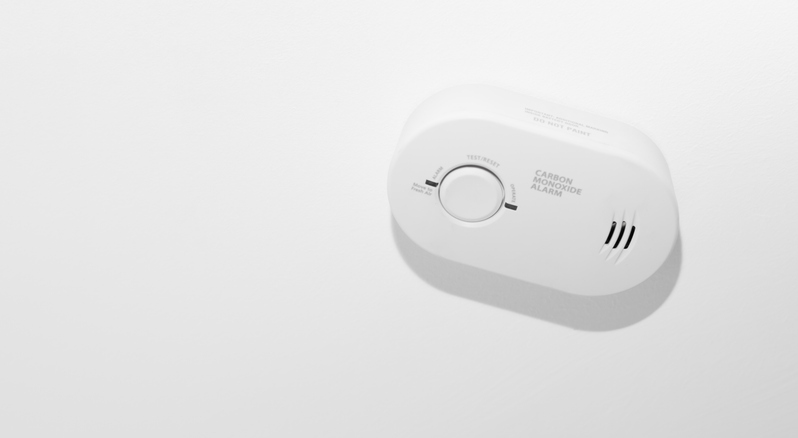
UPKEEP
Like your houseplants or your sourdough starter from 2020, carbon monoxide detectors need regular attention to thrive. Most detectors last around five to seven years, and many models will beep or chirp when they’re nearing the end of their life. If you’re not sure how old yours is, now’s a great time to check!
Test your detectors monthly (yes, monthly!) and change the batteries twice a year. A good rule of thumb? Switch them out when you change your clocks for daylight saving time. It’s the perfect “I almost forgot” reminder. And if you’re someone who hits snooze on chirping smoke detectors for days—no judgment—but maybe make a sticky note or calendar reminder. Future you will thank you.
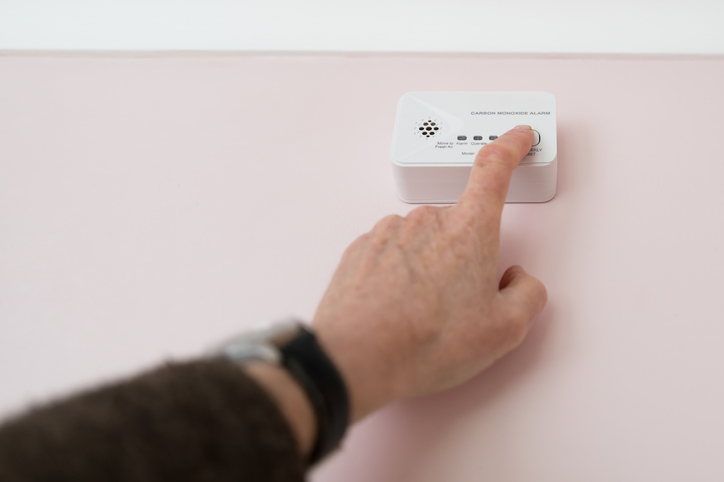
By taking these preventative and safety measures in your home, simple household devices not only have the potential to save lives in emergencies but also serve as vigilant guardians against slow leaks that could lead to long-term health issues. Placing carbon monoxide detectors strategically throughout your living space, especially near potential sources, ensures maximum coverage of all areas. Together, we can create safer, healthier living environments for all and ensure total peace of mind.
But you know what gives total peace of mind? Property Insurance with Sandbox. Use our guide to ensure your home insurance policy is up-to-date. Because detectors can alert you to a problem, but having the right insurance means you’ve got backup if the worst does happen.
Protect your home, protect your peace. Start here by finding a broker closest to you.
Please note that the information in this article may not accurately reflect your insurance policy from Sandbox Mutual Insurance or another insurance company. Please refer to your policy or talk to your broker about your specific coverages.

FAQ'S
Where should I install carbon monoxide detectors in my home?
Place at least one detector on every floor, including the basement, outside each bedroom, and near fuel-burning appliances like your furnace or gas stove. Aim for about five feet up the wall so it can accurately detect CO mixing in the air. Think of them as your home’s silent bodyguards—but only if they’re in the right spots.
How often do carbon monoxide detectors need to be tested or replaced?
Give them a quick test every month (yes, monthly!) and change the batteries twice a year—daylight savings time is the perfect reminder. Detectors typically have a life span of 5–7 years, so if yours is chirping or looks older than your favourite houseplant… it’s time for a replacement.
What should I do if my carbon monoxide alarm goes off?
There’s no “Maybe it’s just a glitch” moment with carbon monoxide. Believe it, leave it.
Get everyone out of the house immediately, call 9-1-1 from a safe location, and do not return until authorities say it’s safe. Netflix can wait—your safety can’t.


